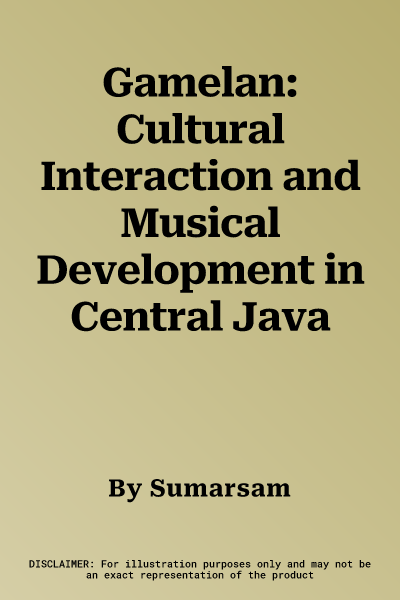Sumarsam
(Author)Gamelan: Cultural Interaction and Musical Development in Central JavaHardcover, 15 December 1995

Qty
1
Turbo
Ships in 2 - 3 days
In Stock
Free Delivery
Cash on Delivery
15 Days
Free Returns
Secure Checkout

Part of Series
Chicago Studies in Ethnomusicology
Print Length
368 pages
Language
English
Publisher
University of Chicago Press
Date Published
15 Dec 1995
ISBN-10
0226780104
ISBN-13
9780226780108
Description
Product Details
Author:
Book Format:
Hardcover
Country of Origin:
US
Date Published:
15 December 1995
Dimensions:
23.37 x
15.8 x
2.51 cm
ISBN-10:
0226780104
ISBN-13:
9780226780108
Language:
English
Location:
Chicago, IL
Pages:
368
Publisher:
Weight:
662.24 gm